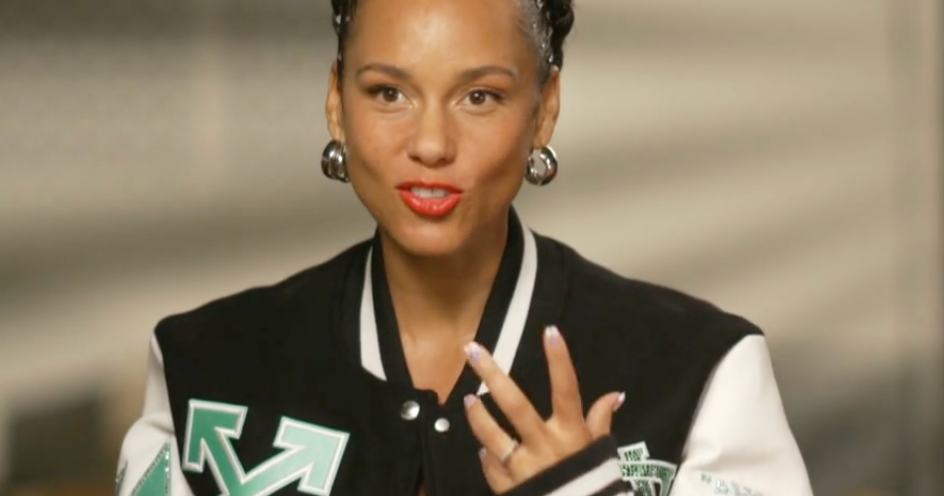Meet 3 unsung civil rights pioneers who helped desegregate schools in New Orleans
It's been more than 62 years since Leona Tate, Gail Etienne, and Tessie Prevost walked into McDonogh 19 Elementary School. It was a short walk but one of the most historic as the three desegregated the school, while Ruby Bridges integrated a different school just blocks away.
What started as the center of pain for three little girls — nicknamed "The McDonogh Three" — has turned into one of hope for Tate, Etienne and Prevost, who recently returned to the school to turn it into an educational space that opened just a few months ago.
The elementary school was closed and had been vacant since Hurricane Katrina.
The Leona Tate Foundation for Change helped renovate the school to become the Tate, Etienne and Prevost Interpretive Center, which Leona Tate told CBS News will "educate those that didn't know about the integration and the desegregation of public schools."
The center is open to the public. Visitors can step foot into the original classroom the girls were confined to in 1960. The top two floors of the building have been converted into apartments for seniors like Richard Johnson.
"When I come through the doors and I'm inside, this is like heaven," he said. "This is a special spot."
On the morning of Nov. 14, 1960, 6-year-olds Tate, Etienne and Prevost were met with roars of protesters. The group walked alongside U.S. Marshals to become the first African Americans to help integrate into White-only public elementary schools in New Orleans.
The group was met with hate that Etienne said she could not understand at the time.
"With the way they were howling and making noises, I thought if they could have got to me, that they would kill me," she said. "They were angry with me, and I didn't know why."
"My daddy told me in the car, he said, 'Look straight ahead, take my hand, and I'm here.' And I wasn't afraid," Prevost said. "For some reason, I just wasn't afraid. I felt protected with my daddy."
One by one, every single student left the classroom except for the three as a sign of protest. This would remain for the rest of the school year.
But the media attention remained on a fourth girl, Ruby Bridges, who enrolled at William Frantz Elementary School on the same day— leaving the remaining three forgotten.
"Just knowing what we went through, you know, and for people not to remember that was hurtful," Tate said.
The group said they hold no resentment toward Bridges but will never forget the physical and mental abuse they faced in the other integrated schools they attended throughout childhood — but would go through it again.
"It made it better. It opened up doors, opportunities for other people, you know. So, somebody had to make the sacrifice and I guess it was the three of us," Etienne said.
"The chosen ones," Tate added.
Nov. 14 has been declared New Orleans Four Day in the city to recognize the heroism of all four trailblazers, and there is a push to make it a national holiday.







